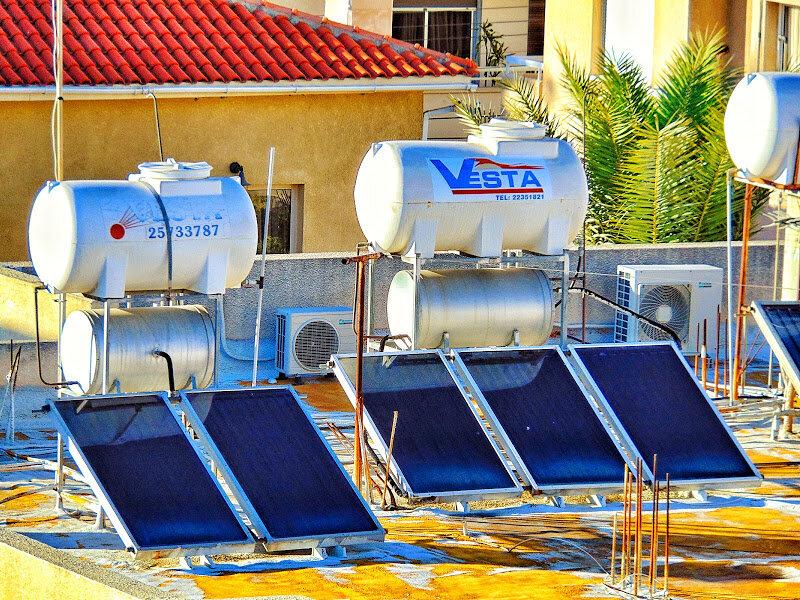In 2023, only 25% of the EU population aged 16 and over (i.e. one in four Europeans) lived in dwellings whose energy efficiency had been improved in the last five years, according to data released on Tuesday 1st October by the European statistics agency Eurostat.
Meanwhile, people at risk of poverty or social exclusion in the EU were less likely to report living in energy-efficient dwellings (17.8%) than those not at risk (27.5%).
Interestingly, Cyprus topped the list of European countries with the lowest rate of energy efficiency improvements in houses (5%). Malta (6.7%) and Italy (6.9%) were also in the top three. On the other hand, among people at risk of poverty or social exclusion, the highest rates of energy efficiency improvements in dwellings were observed in Estonia (47.8%), the Netherlands (45.1%) and Lithuania (32.5%).

The main types of home improvements most frequently undertaken by residents of EU countries were:
- Upgrading the thermal insulation of external walls, roofs or floors;
- Replacing single glazing with double or triple glazing;
- Installing more efficient heating systems.
We would like to remind you that the energy efficiency of a house is a set of indicators of the rationality and efficiency of energy consumption. These indicators are influenced by the efficiency of heating, lighting, water supply and ventilation, as well as the extent to which energy-efficient materials and equipment were used in the construction of the house.
For example, if the house is insulated with poor quality materials, the house will use heat energy inefficiently. The energy efficiency of such a house will be low due to high heating costs.

